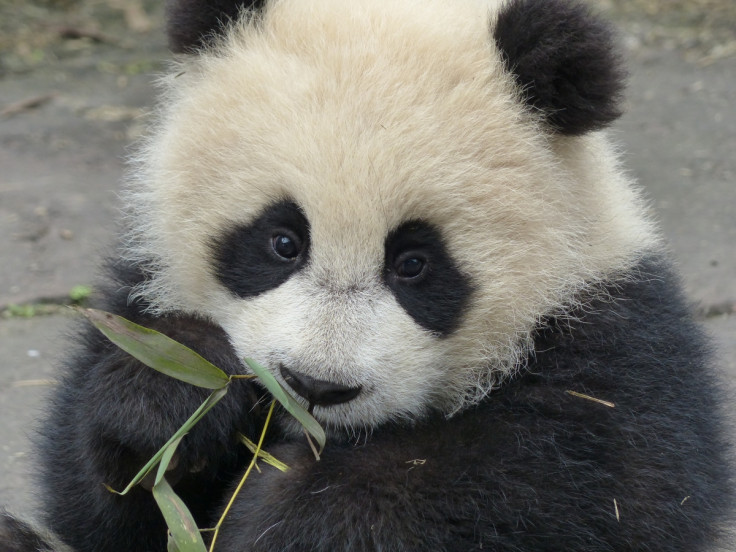Pinder? Endangered giant pandas prefer breeding with mates they fancy

Giant pandas are more likely to have panda babies if the male and female fancy one another. A team of researchers studied the mating behaviour of 40 pandas in the Bifengxia Chinese Conservation and Research Centre in Sichuan, China, in a bid to find out what puts pandas in the mood for love.
Getting pandas to mate is notoriously difficult, especially in captivity. Males only have 24 days in the year where they are at their reproductive peak, while females only ovulate once per year. To get these to match is hard work and in an added challenge, they appear pretty uninterested in sex.
However, the team of US and Chinese scientists have now found breeding behaviour increases by more than 60% when pandas are left to mate with a partner they show a preference for. This finding published in the journal Nature Communications, could lead to far more successful zoo breeding programmes, researchers say.

In the study, individual pandas were placed in the centre of an enclosure where they were able to see two potential partners – one at each end. They were then allowed to pick which of the two they preferred. They tested both males and females and found that cub production was significantly enhanced when the individual panda showed a strong preference for one out of the two potential mates. This was even more pronounced when both the male and female had shown a preference for each other.
Researchers argue that with conservation breeding programmes becoming increasingly important to the survival of giant pandas, mate preference could provide a good opportunity to boost the success rates. "If managers were to incorporate mate preferences more fully into breeding management, the production of giant panda offspring for China's reintroduction programme might be greatly expedited," they wrote.
Furthermore, the team said their findings could be extended to other critically endangered species where conservation relies on breeding programmes. "The future of conservation breeding will not take place in a test tube; although remarkable advances have been made in human-assisted reproduction, the most cost-effective way to manage assurance populations and provide animals for reintroduction is to breed them naturally. To do that requires better understanding of natural mating behaviour."
Mate choice, they say, is important because it influences genetic diversity. In selecting breeding pairs on their genetic parameters, it limits mate choice mechanisms and interferes with evolutionary processes that support genetic health of the species.
"Thus, our findings could have significant ramifications for captive populations of endangered species and could assist with the establishment of revised captive breeding protocols, placing behavioural compatibility on par with genetic management as a guiding principle."
© Copyright IBTimes 2025. All rights reserved.






















